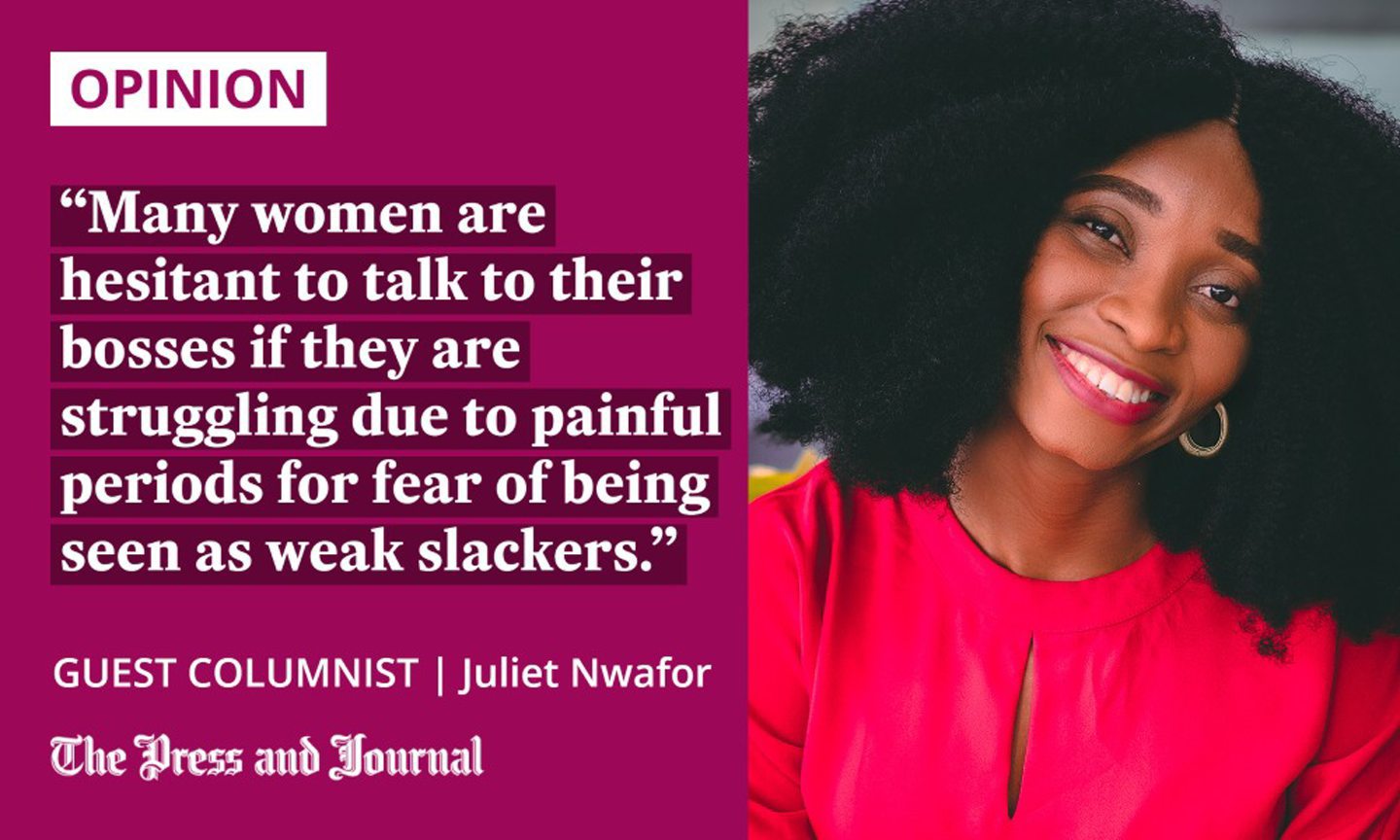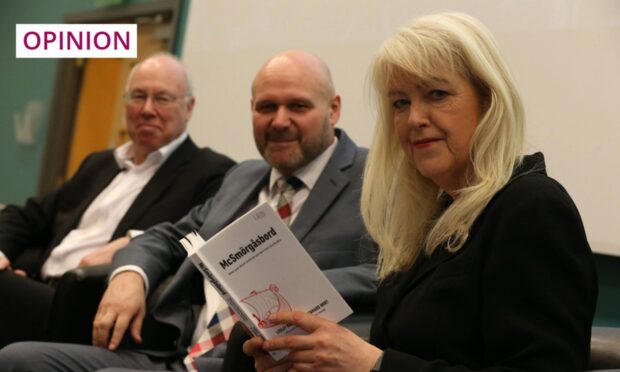Recently, I have spent my time doing research about menstruation, talking about it (which initially used to be very awkward, even within female groups), or reading about it – basically, any material I could lay my hands on.
I don’t think painful menstruation and other gynaecological issues are discussed often enough in public spaces.
I remember talking to my colleagues about doing a study on menstrual cramps among working women, and I could sense their disapproval and discomfort with this research topic, especially the men. I saw how uncomfortable it made them feel or how quick they were to change the subject; this is an indication that menstruation is still shrouded in silence and suitable for only the private sphere, among fellow menstruators.
Periods are rarely discussed openly, and bringing them up is frowned upon, especially in the workplace. But if an issue affects over half of the entire population, it is a public concern and should be talked about more often.
Many women are hesitant to talk to their bosses if they are struggling due to painful periods, and this involves both men and women managers, for fear of being seen as weak slackers and incompetent. In fact, many have reported using contraceptives and other forms of menstrual suppression in a bid to stop their periods so they don’t interfere with their lives. But how can women be more supported?
The support required goes beyond the provision of menstrual products. What about access to toilets and bathrooms? What about openness to having this conversation?
What about having HR policies that support people with gynaecological issues, so women will not feel ashamed to express themselves and their concerns about any biological difficulty they have going on and how it affects their overall health and well-being?
 Making free sanitary products available for all is a step in the right direction, but it is also the bare minimum, because managing your period goes beyond just having tampons or pads. What about intense pain and excess bleeding? What about dealing with abdominal discomfort and the consequent inability to perform work tasks?
Making free sanitary products available for all is a step in the right direction, but it is also the bare minimum, because managing your period goes beyond just having tampons or pads. What about intense pain and excess bleeding? What about dealing with abdominal discomfort and the consequent inability to perform work tasks?
It is crucial for employees and employers to pay attention to their organisation’s outlook; how does the corporate culture open or close the doors for these kinds of discussions?
Conversations about women at work must not dwell only on motherhood and maternity leave, as these are only relevant to those who have children or wish to be mothers.
How, then, can we talk of real support for people who menstruate if there are no safe spaces in which to speak openly about menstruation? I urge women and their workplaces to talk about menstruation, talk about the gynaecological issues many face, and explore ways that they can be better supported at work.
We have to destigmatise talking about periods
Improving the experiences of menstruating women in the workplace requires the coordinated inputs of both employers and employees. While there is no consensus on the best policies, the emphasis should be on destigmatising menstruation-related conversations while ensuring flexible work options. Policies without opening up an avenue for this conversation are antithetical.
Even so, in Japan, where women are entitled to menstrual leave, many women do not take it because it would involve speaking up and, in some cases, the time off is unpaid. This is why flexibility rather than menstrual leave might be a better solution.
A recent study that involved over 32,000 Dutch women found that about 68% of respondents would prefer the option of flexible working during their periods, because the majority of them still show up to the office in spite of the debilitating pain they experience.
This is supported by another study conducted in the UK which reported that menstruating women engage in blood work, which means spending valuable time and energy managing the symptoms of menstruation during work hours, and dealing with cramps and excess bleeding.
Keep all options open for employees
Any organisation’s culture must support and encourage women to discuss their menstrual concerns and needs; the response of companies to this can actually enhance productivity at work.
From a company perspective, it starts with cultivating ways to promote menstrual health in the workplace and destigmatising menstruation. Menstruation policies should be discussed openly in staff meetings and managers’ meetings.
As any woman will tell you, menstruation-related symptoms vary
There is, however, no one-size-fits-all solution; the trick is to keep all options open and give employees the freedom to choose what works best for them.
As any woman will tell you, menstruation-related symptoms vary. For many who suffer extreme pain and excess bleeding, flexible work structures can help them manage things while enhancing their menstrual health and well-being.
Juliet Nwafor is a doctoral researcher at Heriot-Watt University’s school of social sciences. Her research interest areas relate to women’s health, gender equality and diversity within organisations
- This article is part of a partnership with Pass the Mic, a project focused on increasing representation of women of colour in Scottish media











